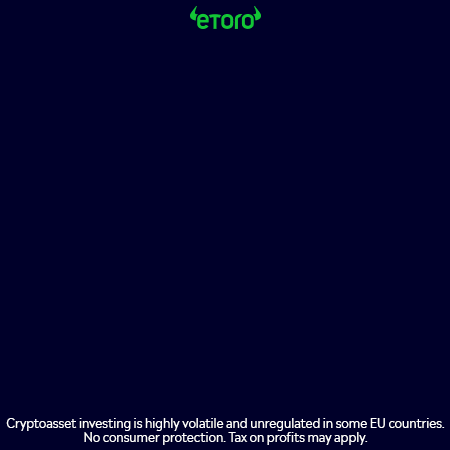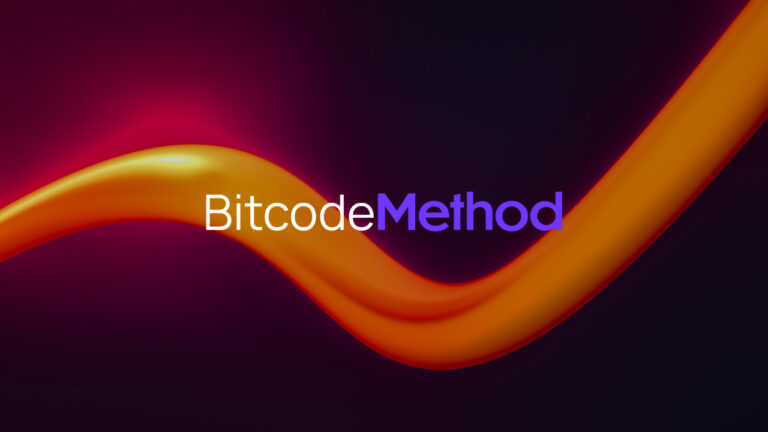Photographic art was only a century old when it became part of fine art. NFT photography is gaining popularity with younger collectors. In November, Avid NFT photographer Freddie snatched a photo for $2300. He flipped it two months later for $33,400.
Welcome to the world NFT photography collecting. This is where fine art meets decentralized financing for Millennials. According to Artprice data and estimates, the NFT photography market grew by $200 million in 2021, which is the same size as the traditional fine art print photography industry.
This is only the tip of an iceberg. A rare convergence of technological and cultural changes is causing a major transformation in the art world.
First, Millennials were born during a time of great technological change. Their Gen-Z counterparts are digital natives who spend a growing percentage of their free time online . Second, Millennials and GenZers are gaining wealth. The greatest wealth transfer in history saw more than $35 trillion move from the Baby Boomers into younger generations. These conditions are enabling digitally native art collection in primary and secondary markets. The third is the rapid growth in cryptocurrency wealth in the past five years , which has created a new generation art buyers .
Fine art photography is at center of this confluence between technological immersion, wealth transfer and crypto wealth generation. The NFT photography market transforms, but also grows significantly.
Freddie, like many NFT-land users, prefers a handle over a full name. We will be able to use our disposable incomes to save money, support the arts and impress our friends online as digital natives start to have the same funds as our parents.
The birth of traditional photography was in the beginningNFT photography was a newer approach to photography that sought to enter the market, just like traditional photography did once.
Since over 100 years, the photography market has existed. The medium was initially steered by New York City’s 291 Gallery and fostered by Alfred Steiglitz, a legendary photographer. It then began to make a name for itself in the fine art world. The Museum of Modern Art, New York, began collecting photographs in 1930. In 1940, MoMA had established a department in its art museum that focuses on photography. Leading photographers today are part of the wider contemporary art market that was worth more than $51 billion in 2021.
Photography has become the dominant visual medium in our culture thanks to the rise of smartphones and social media. This has led to a dramatic increase in traditional photography fine art over the past few decades. In 1980, the average price of five photographs sold at Sotheby’s auctions was $98,000. This rose to $2.9million by the 2010s. The number of photos that were auctioned grew more than threefold during the same period.
Digital photography has revolutionized the art of many photographers thanks to advances in digital manipulation software. Digital photography allows artists to have greater control over their images than they did when they were working in darkrooms with prints and negatives.
The NFTs are here
Justin Aversano’s Twin Flames #49 was sold for $3781,159 in November 2021. It became the fifth-most expensive photograph ever.
The next great innovation is NFTs, unique digital assets. Their effects on photography are enormous. NFTs solve complex problems inherent in traditional methods of collecting photographs. Photographs are extremely reproducible and can be easily copied and pasted, so authenticity and provenance are still a concern. The maturing blockchain and other Web3 technology is opening up new avenues for solving these problems. They track the creation and movement of work on primary and secondary markets and preserve and grow its value. While fraud is possible, it’s much easier to verify authenticity using NFTs rather than traditional print photos.
“NFT photography will likely become the primary method of distribution and collection soon, in much the same way digital photo production is becoming the dominant mode for photo production today,” stated Pixelpete , NFT photo and generative artist collector and photographer . However, it does not necessarily mean that this will be the only method of collecting. Just as analog photo production is stronger than ever and continues producing some of the most beautiful images and prints, there will still be a strong niche market for traditional print collection, which will likely be backed by blockchain provenance.
“With NFTs for the first-ever, we have the technology to put photography on the same playing field with traditional art–it could be a unique piece or follow the same rules as the art market,” stated Sashaku.eth. Although it may take some time to understand this concept, a photograph now has the same chance of being included in the top art sales lists as any other type of art.
NFT photography is more popular with younger generations than it is with older collectors. There is some continuity between NFT collectors and traditional fine-art collectors, despite the technological and generational differences. We have seen mega-artists of the traditional world join the NFT space recently, such as Alec Soth, who called “arguably the most influential photographer of the last twenty years”, and who sold his genesis NFT project to the Assembly.
NFT photography is moving towards fine art photography, which has been around for over 100 years and drove the huge market growth in the 2000s. “There is a beauty, humanity, and relatability to photography that allow you to instantly connect to the pieces on deep level,” stated 0xRainbow. He also said that NFT photos aren’t valued for the same properties that other NFTs, because they lack the rare elements that are sought-after in PFPs or generative art. People buy what appeals to them. They buy what is interesting and resonates with the most.
Jeffexcell stated, “I collect NFT photographs because they fill the emotional gap that lives in NFT space.” “While you may identify with a particular PFP, admire generative art and be intrigued about the play-to earn or membership models, NFT photography has never brought me to tears.”










